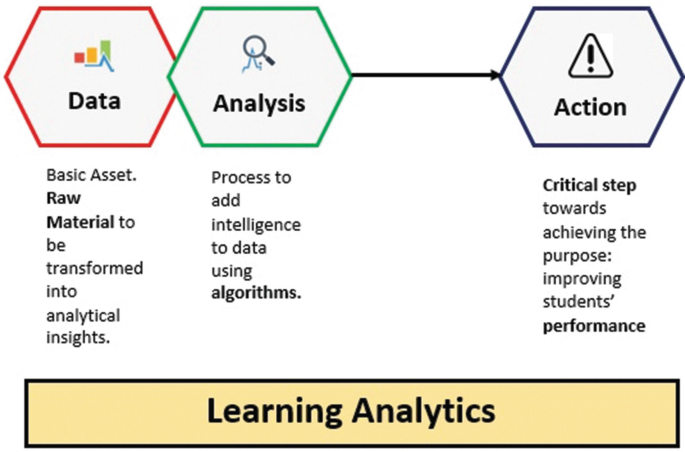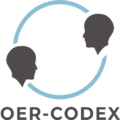Definition of Learning Analytics
Learning Analytics (LA) is based on the theoretical foundation that learning is a measurable and analyzable process. At its core is the collection, analysis, and application of data about learners and their environments to understand, improve, and personalize learning and teaching environments (Brown, 2012).
LA uses methods from data science, statistics, and machine learning to identify patterns and trends in large amounts of data (Scheffel et al., 2014). This data includes interactions with learning management systems, online resources, forum posts, and other digital footprints that learners leave throughout their educational journey.
The theoretical foundations of LA are interdisciplinary and draw on findings from pedagogy, psychology, computer science, and statistics. A central concept is that of formative assessment, in which LA is used to continuously monitor and adapt the learning process to provide optimal support for learners (Wiliam, 2010). This includes the identification of at-risk students, the prediction of learning outcomes, and the personalization of learning content and pathways (Lawson et al., 2016).
Another important aspect is the feedback generated by LA. It provides teachers and students with timely, relevant, and action-oriented insights into the learning process. By analyzing learning behavior and outcomes, interventions can be targeted and effective to maximize learning success.
Historical Development and Key Concepts
The genesis of learning analytics can be traced back to the early 21st century, paralleling the rise of big data and advanced analytics. Initially, the focus was on tracking digital footprints in online learning environments. However, as technology advanced, so did the capabilities of learning analytics, evolving into a sophisticated field that not only monitors but also predicts and advises on educational outcomes. Key concepts in learning analytics include data collection, analysis, and application. This involves gathering data points from various sources such as learning management systems, online discussions, and assessments, and then analyzing this data to glean insights about learning behaviors, engagement levels, and academic performance.
The Role of Learning Analytics
Learning analytics plays a multifaceted role in education. It aids educators in identifying at-risk students, tailoring teaching methods to individual needs, and evaluating the effectiveness of educational resources and interventions. For students, learning analytics can provide personalized feedback and learning pathways, thereby enhancing their learning experience and outcomes. In administrative contexts, learning analytics supports decision-making processes, helps in curriculum design, and contributes to policy formulation.
Goals & Objectives
LA has several key objectives and offers several benefits that aim to revolutionize and improve education. Below you will find a detailed elaboration of the goals and benefits of LA.
– Improving the learning experience: LA aims to develop a deeper understanding of individual learning processes through the analysis of learning behavior and outcomes. This enables the learning experience to be tailored to the needs and preferences of each individual.
– Personalization of learning: By identifying patterns and trends in educational data, learning content and strategies can be customized to maximize learning success and provide learners with a personalized learning experience.
– Increase student success rates: By identifying at-risk students early and providing targeted support, LA aims to reduce dropout rates and improve student success.
– Optimizing teaching strategies: LA provides teachers with valuable insights into the effectiveness of their teaching methods, enables data-driven decision-making, and promotes the development of more effective teaching approaches.
– Increasing efficiency in educational institutions: By analyzing educational data, resources can be used in a more targeted way and educational processes can be optimized, leading to more efficient design of teaching and learning environments.

Introduction to Learning Analytics
